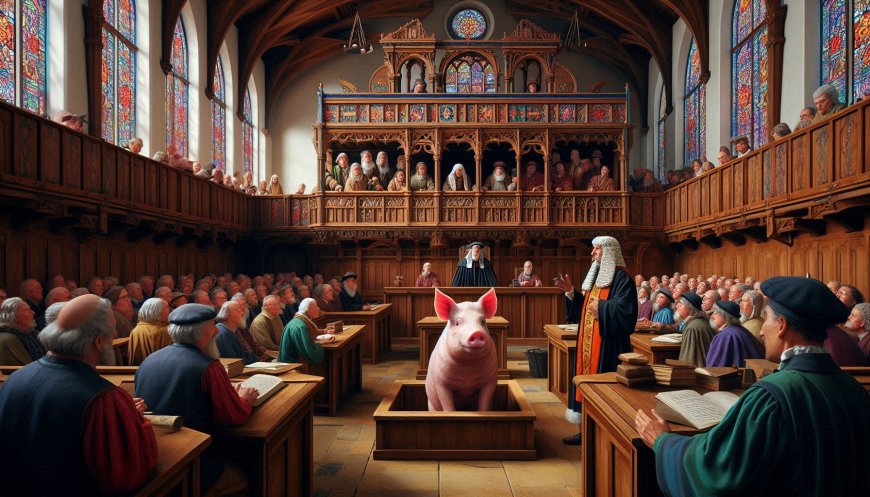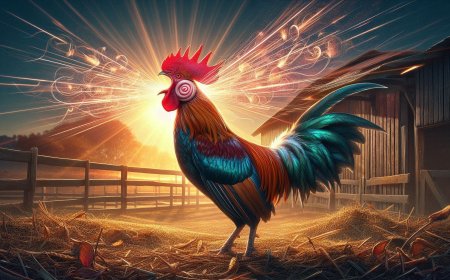The Curious Trials of Medieval Pigs: When Animals Faced the Law
Explore the fascinating world of medieval animal trials, focusing on the peculiar cases of pigs in European courtrooms. Discover the reasons behind these trials, the legal procedures involved, and the cultural significance of holding animals accountable for their actions in the Middle Ages.

Imagine walking into a courtroom in medieval Europe, expecting to witness a standard criminal trial, only to find a pig standing in the defendant’s box. Yes, a pig. As strange as it sounds, this was once a reality. In the Middle Ages, animals—especially pigs—were put on trial just like humans, accused of committing crimes ranging from property damage to harming people. These trials weren’t a joke; they were serious business, conducted with full legal procedures, and often attracted crowds of curious villagers.
A Day in Court: The Trial of a Pig
Pigs in medieval Europe roamed freely through villages, and when one caused trouble—say, munching on someone’s crops or even injuring a child—it could find itself in court. These animals were apprehended, and a legal case would be initiated. Just like a human defendant, the pig would be put in the dock, surrounded by lawyers, a judge, and sometimes even a jury. Prosecutors would lay out the case against the animal, while defense attorneys would argue for its innocence. Witnesses were called, evidence presented, and the whole trial would unfold with surprising seriousness.
The outcome of these trials wasn’t just a slap on the snout. If found guilty, the pig might face severe punishment, often execution. This wasn’t simply about vengeance—villagers believed these trials maintained justice and order. Punishing the animal was thought to deter future misbehavior and prevent other animals from wreaking havoc.
Why Put Animals on Trial?
So, why go through the bizarre process of trying an animal? The logic behind these trials was rooted in both religious beliefs and the legal system of the time.
On the religious side, people believed that animals, like humans, could sin. The church taught that animals could be possessed by evil spirits and act against humans as agents of chaos. Putting them on trial was seen as a way to address these spiritual transgressions and restore balance in the community.
Legally, animals were granted a peculiar form of personhood. Medieval law viewed animals as entities capable of being held accountable for their actions. If a pig destroyed crops or hurt someone, it was seen as responsible, and the legal system aimed to uphold order by ensuring the pig—or any other offending animal—faced the consequences.
Beyond the practical reasons, these trials also provided a cathartic experience for the community. Villagers, frustrated by the destruction caused by an animal, could vent their grievances in a public forum and witness justice being served. The ritual of the trial, strange as it may seem, brought closure and helped maintain peace in the village.
The Legacy of Animal Trials
Today, the idea of putting an animal on trial sounds absurd. We know that animals act out of instinct, not malice, and our legal system doesn’t hold them accountable for their actions. But these medieval trials serve as a fascinating window into the past, showing us how different the concepts of justice and responsibility were in earlier times.
While we’ve left behind the days of pigs in the courtroom, these strange trials remind us of how much our understanding of law, animals, and justice has evolved. Next time you see a pig, remember—it could’ve been one of the unlikely defendants in the curious trials of medieval Europe. And be glad that today, animals are free from facing the judge’s gavel.
What's Your Reaction?









































































































